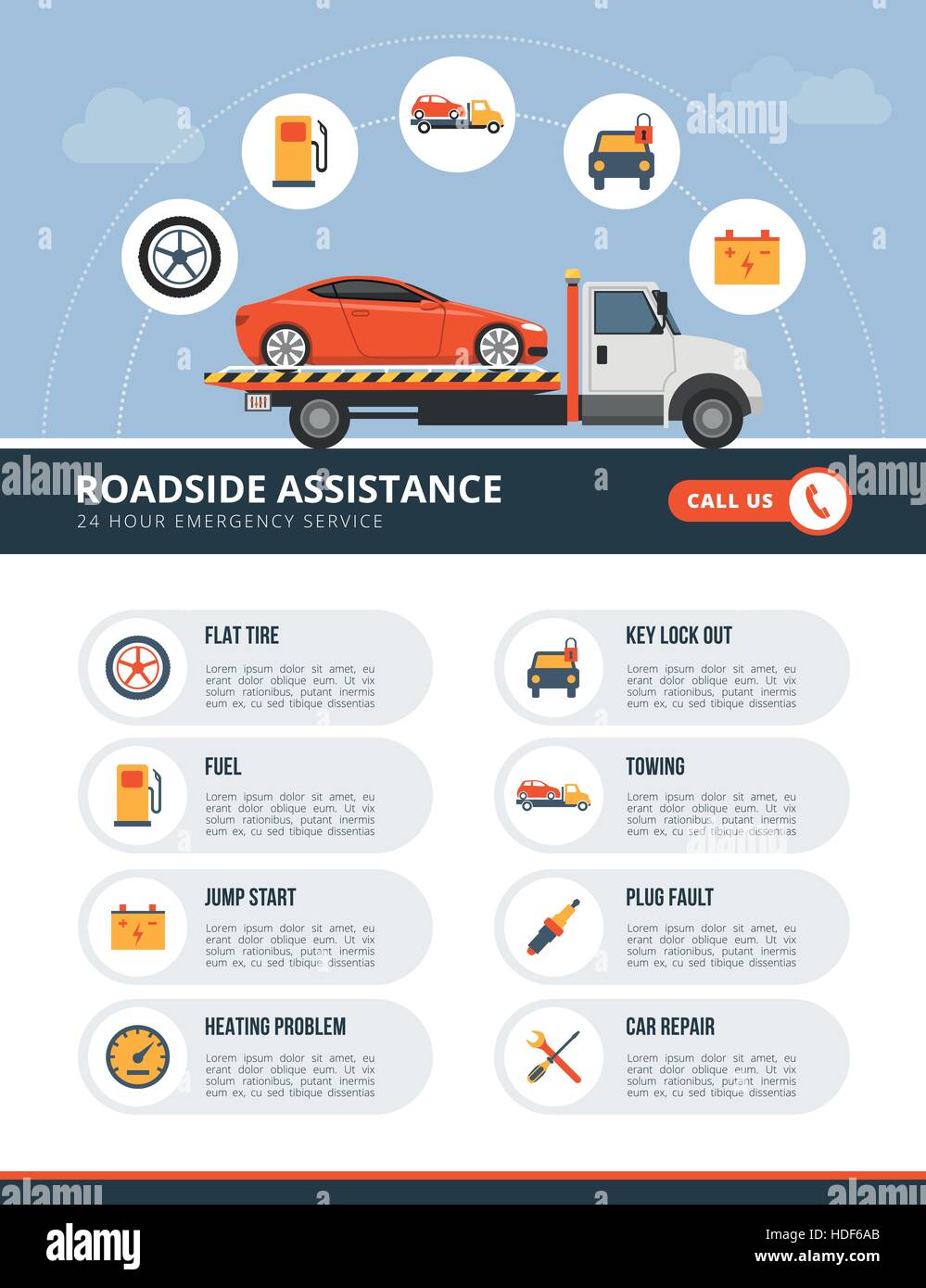Discover The Definitions Behind The Control Panel Warning Lights In Your Auto To Protect The Health And Wellness Of Your Vehicle
Discover The Definitions Behind The Control Panel Warning Lights In Your Auto To Protect The Health And Wellness Of Your Vehicle
Blog Article
Web Content Composed By-Wilkinson Mendez
When you lag the wheel, those beautiful caution lights on your control panel can be a little bit complicated. Do you understand what they're attempting to inform you regarding your automobile's wellness? Understanding the relevance of these lights is essential for your safety and security and the longevity of your car. So, the next time one of those lights turns up, wouldn't you wish to analyze its message properly and take the needed steps to resolve it?
Common Caution Lighting and Interpretations
Recognize typical caution lights in your auto and understand their meanings to guarantee secure driving.
One of the most regular warning lights consist of the check engine light, which signals concerns with the engine or emissions system. If this light begins, it's vital to have your car checked immediately.
The oil stress cautioning light indicates reduced oil pressure, requiring instant interest to prevent engine damages.
A blinking battery light may suggest a damaged billing system, possibly leaving you stranded otherwise resolved.
The tire stress monitoring system (TPMS) light notifies you to low tire stress, impacting car security and fuel effectiveness. Disregarding this can cause harmful driving conditions.
The ABS light suggests an issue with the anti-lock braking system, compromising your capacity to stop quickly in emergency situations.
Finally, the coolant temperature advising light warns of engine getting too hot, which can result in extreme damage otherwise resolved quickly.
Recognizing these typical warning lights will aid you resolve issues quickly and preserve safe driving conditions.
Significance of Prompt Interest
Comprehending the usual warning lights in your automobile is just the initial step; the significance of without delay addressing these cautions can't be stressed enough to guarantee your safety when traveling.
When https://car-brakes73940.fare-blog.com/31214333/explore-the-vital-actions-for-discovering-the-appropriate-car-service-center-that-will-certainly-help-preserve-your-automobile-s-durability-and-performance illuminates on your control panel, it's your auto's way of connecting a potential issue that requires focus. Neglecting these cautions can cause a lot more extreme troubles down the road, endangering your safety and potentially costing you more out of commission.
Prompt attention to advising lights can protect against failures and accidents. For example, a blinking check engine light might suggest a misfire that, if left ignored, could cause damage to the catalytic converter. Resolving this quickly can conserve you from an expensive repair service.
Similarly, a brake system warning light could signal reduced brake fluid or used brake pads, critical elements for your safety when driving.
Do It Yourself Troubleshooting Tips
If you notice a caution light on your dashboard, there are a couple of do it yourself fixing suggestions you can attempt prior to seeking professional help.
The primary step is to consult your cars and truck's guidebook to comprehend what the details caution light indicates. Occasionally https://www.hammontongazette.com/post/harbor-auto-repair-ii-now-open-122921 can be as basic as a loose gas cap causing the check engine light. Tightening up the gas cap might solve the trouble.
One more typical problem is a reduced battery, which can activate numerous cautioning lights. Checking the battery connections for corrosion and guaranteeing they're secure could repair the problem.
If a warning light lingers, you can attempt resetting it by separating the car's battery for a few mins and then reconnecting it. Furthermore, checking your automobile's liquid degrees, such as oil, coolant, and brake fluid, can aid fix warning lights related to these systems.
Conclusion
Finally, understanding your auto's caution lights is vital for keeping your car running smoothly and securely. By quickly attending to these notifies and recognizing what they imply, you can prevent costly repairs and potential breakdowns.
Bear in mind to consult your automobile's manual for certain information on each alerting light and do something about it as necessary to ensure a hassle-free driving experience.
Stay notified, stay risk-free when traveling!
